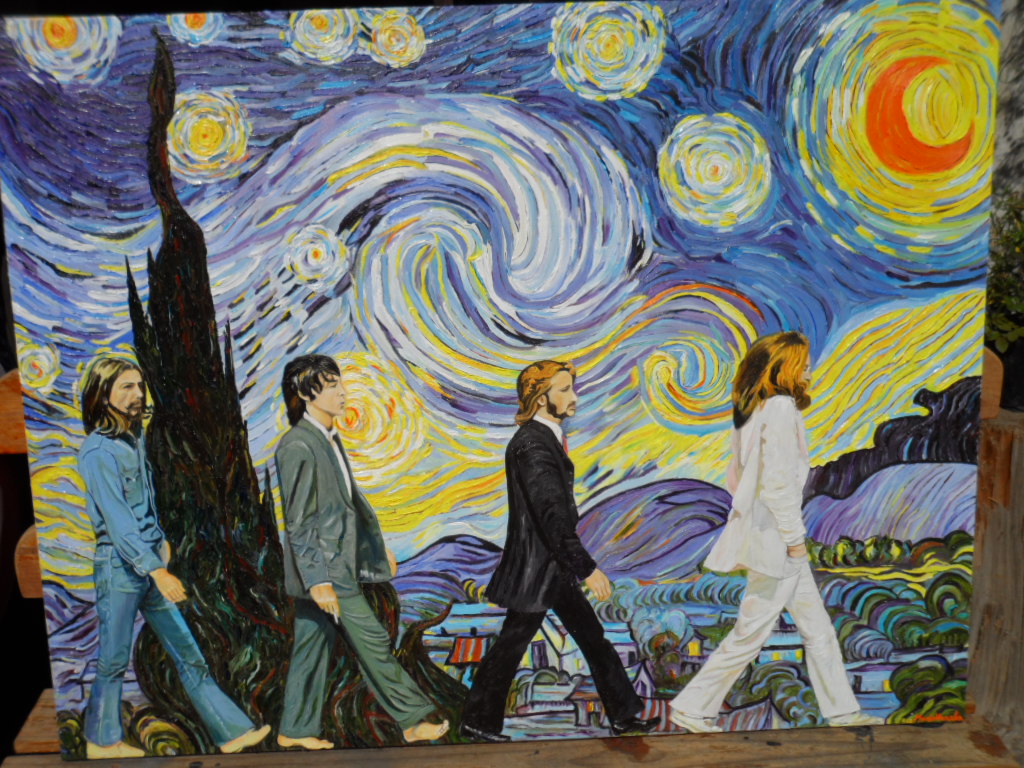W5: Discussion Post 6 – Discussion Groups C 2
For this discussion post, like last week, you’ll select a work of related to what we’ve studied to learn more about and share with the class. Because we’ve covered a massive amount of art history in this one chapter, you have a lot to choose from (*like other chapters, this one covers so much and really should be further broken up into a chapter on each region but that is the nature of the survey!).
- Select a work of art from one of the curatorial areas of the Denver Art Museum linked below (it can be historical or contemporary):
- In 300 words or more, summarize in your own words what’s significant about your piece, what’s its meaning, and what you found intriguing about it after you learned about it. Your post is due Friday by 11:59pm.
- You’ll need to post first to see other’s posts in your group.
- Like other posts, this is an exercise in identifying the importance of a piece and it’s important for it to be in your own words. If you used other sources, please include those.
- **A note: Most works don’t have a lot of information about them which is similar to what you’d come across when in a museum. See how you can relate your work to what’s covered in the book and do a little research on your own. If you picked a work that is difficult to write about, I suggest you pick another as there are plenty to choose from. As with last week, I’m happy to offer guidance.
- Remember to:
- Embed your image.
- Include its info — name of the artist (if known), title, date, and medium. Please include the geography and/or culture.
- Include a link to the online entry in the museum’s collection. If you used other sources, please include those.
- Comment thoughtfully on two other posts by your classmates. Your comments are due Sunday by 11:59pm.
- Your reply should be longer than one sentence and engage in a substantial way with what they posted.
———————————-
Discussion 7
For this discussion post, I thought you all could do something a little different around two famous works of art from one this week’s chapters – Van Gogh’s Starry Night and Munch’s The Scream. Both are enduring and very popular artworks that have found their way into our popular culture.
- Watch the three videos on Munch’s The Scream and Van Gogh’s Starry Night that are in this week’s module.
- There is one video for Van Gogh and two for Munch. I’ll be able to see how much you’ve watched and some of your points for this discussion come from that.
- By Sunday, in 150-200 words or more, describe how you connect to either original work by Munch or Van Gogh.
- Questions you can use to help guide you include: What did you think this work meant and was that the same or different after learning about it from the videos and textbook reading? What stands out to you about the artist and what they were attempting to do with their art? What do you like about their approach to painting? What questions do you still about about the work? (Links to an external site.)
- Next find a contemporary take on one of the two paintings. You’ll need to post first to see everyone else’s.
- This can be a parody, a reimagining of the painting edited to include something else, a meme, new use (say an album cover) or recreation. Find it in a film or music video? No problem add away. It’s totally open! See the two examples below. Again, you just need to pick one
- Then, in 100-150 words or more, explain what was done to change the work from the original to your reworking.
- Think about what new meaning does this create? Why do you think the original work, the Van Gogh or Munch, was picked for this parody?
- No need to comment or include sources here as this prompt is more based on opinion.
- But….remember to embed your image!





